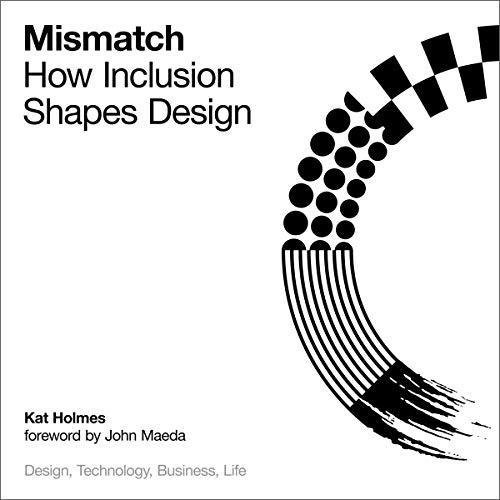 One of the people we interviewed for Content for Everyone, Heather Neff, suggested Mismatch: How Inclusion Shapes Design by Kat Holmes to me. And now I highly recommend it for anyone who is interested in design—regardless of if you’re a designer or not—and/or is interested in accessibility.
One of the people we interviewed for Content for Everyone, Heather Neff, suggested Mismatch: How Inclusion Shapes Design by Kat Holmes to me. And now I highly recommend it for anyone who is interested in design—regardless of if you’re a designer or not—and/or is interested in accessibility.
I like the book so much, I’ve been quoting Kat in some of my recent webinars and training sessions: “For better or worse, the people who design the touchpoints of society determine who can participate and who is left out. Often unwittingly. A cycle of exclusion permeates our society. It hinders economic growth and undermines business success. It harms our collective and individual well-being. Design shapes our ability to access, participate in, and contribute to the world.”
That quote really says it all. It’s not just professional designers that can do this. Creatives often put content on the web that looks good to them and meets their needs. They might not think of how someone else—someone in their target audience—might interact with the content and if it will work for them.
What I love so much about Mismatch is that you don’t have to be a designer or understand design to appreciate what Kat says. She ties everything back to some of the most fundamental feelings that we all experience: exclusion. From not being included on the playground, to being picked last in PE, to not getting an invitation to an event. We’ve all been there and know the pain of it.
If you want to understand more about the world we live in—the physical and the digital—you should pick up a copy of Mismatch. I’ve heavily marked up my copy and I suspect you will too, as page after pages gives you a lot to think about. I guarantee you’ll start to look at everything around and see what’s inclusive and exclusionary about the design. It’ll also inspire you to be more inclusive with everything you do.
